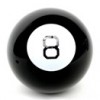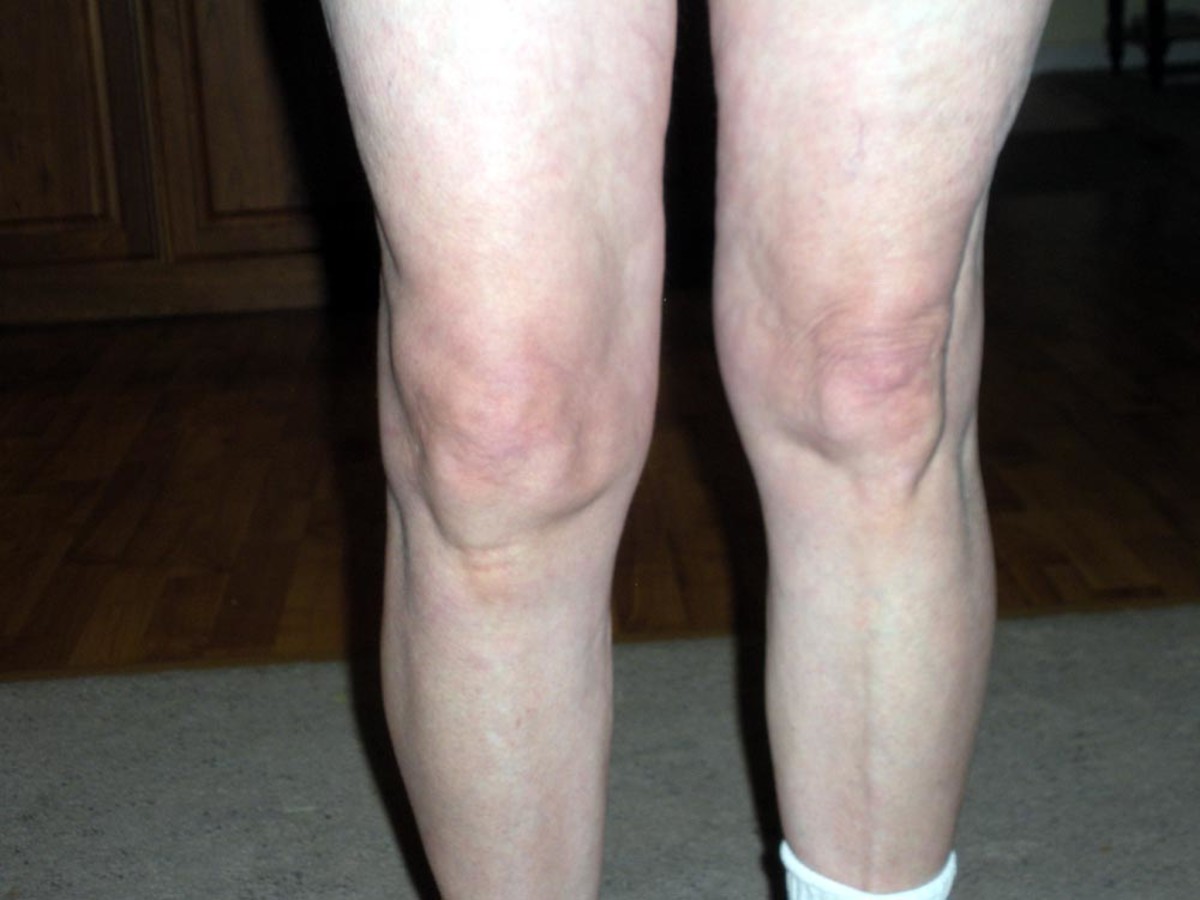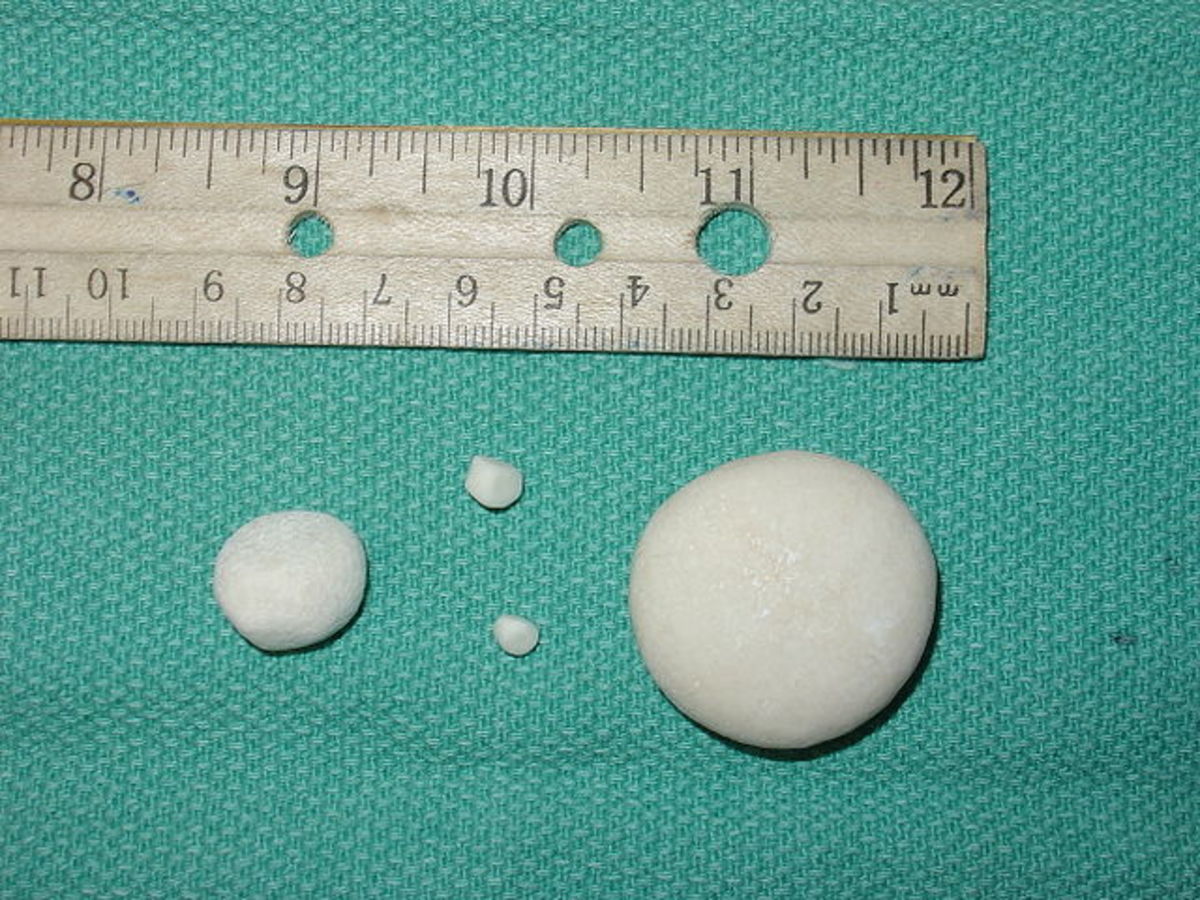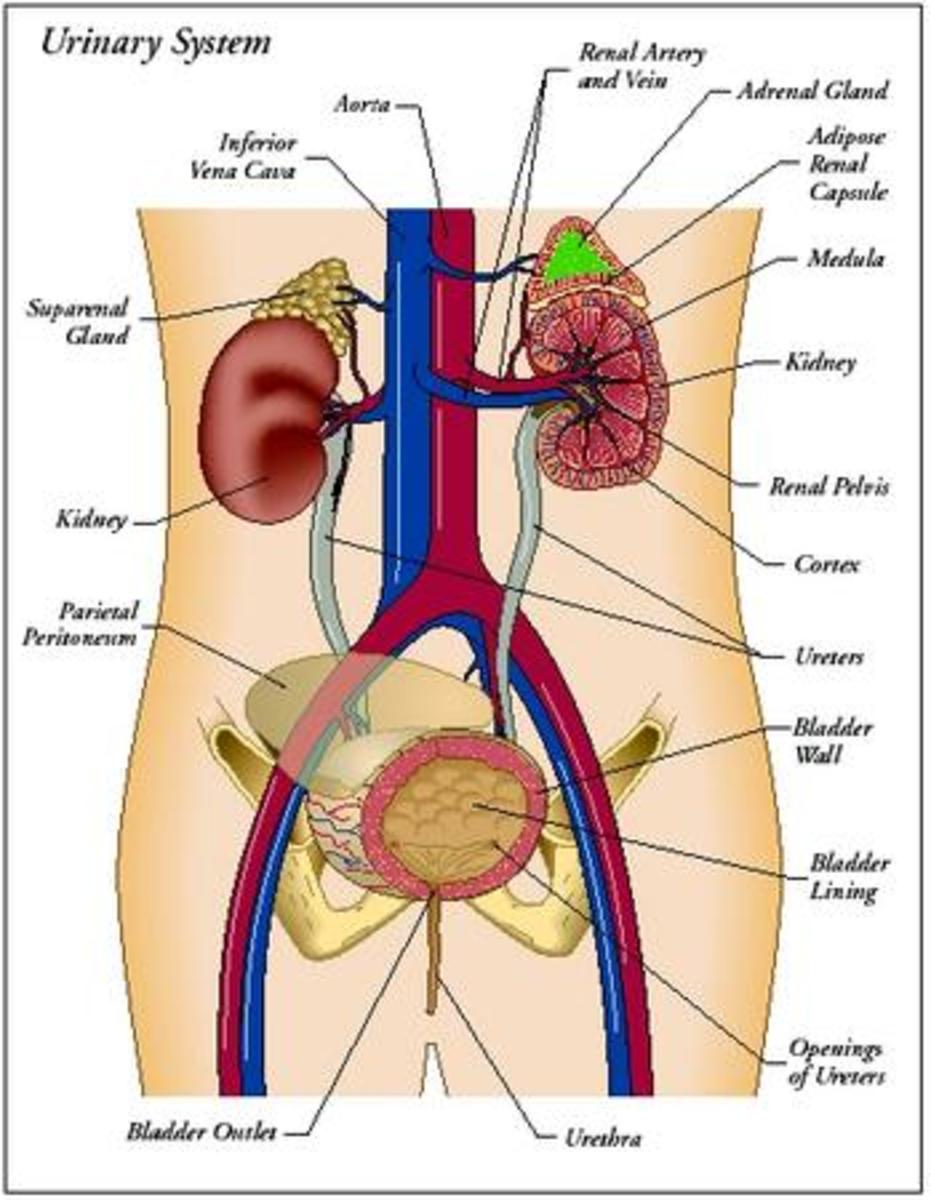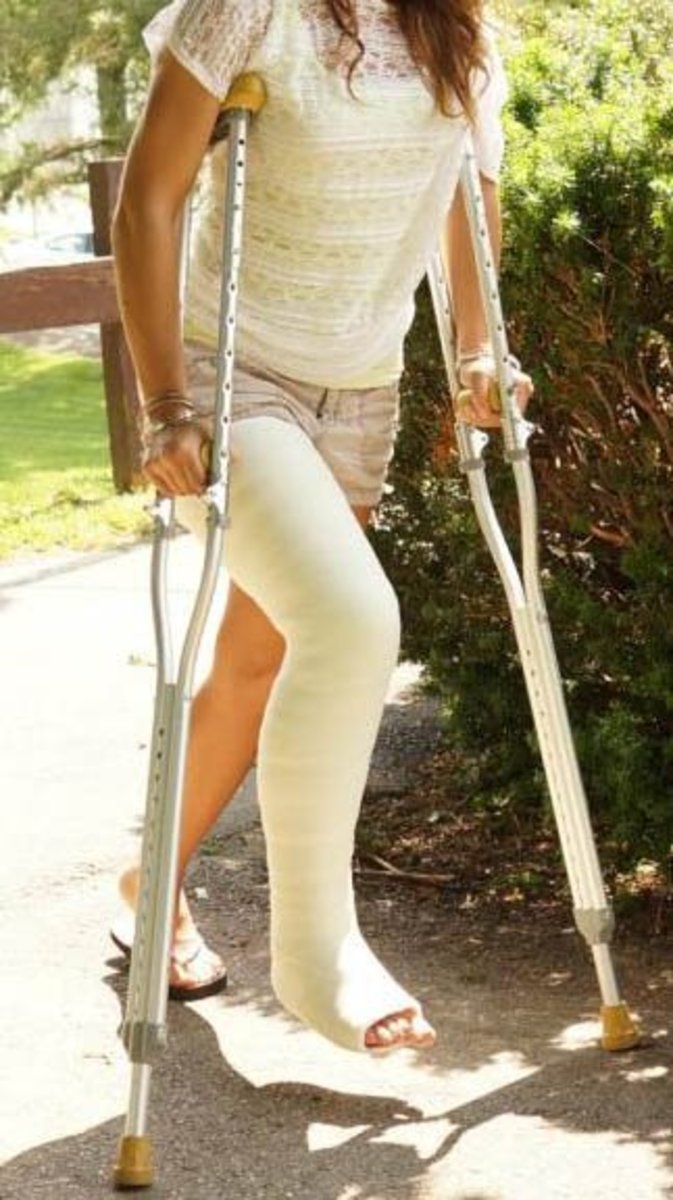SCI: Spinal Cord Injury -Inthrathecal Baclofen Pump Experience Part I
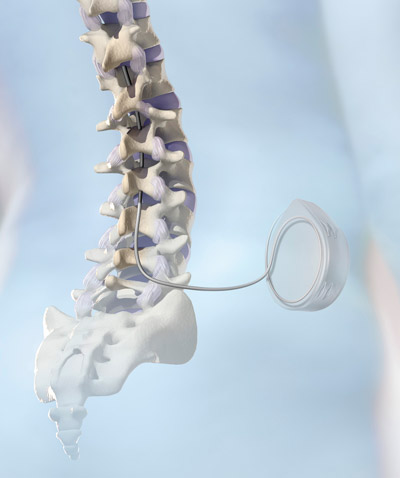
11/24/2009
BACKGROUND
I have a Thorasic level 4 (T4) incomplete spinal cord injury (SCI) that occurred 20 years ago via car accident. I am one of the fortunate few who although I was initially paralyzed from the chest (nipple) level down (T4) I was God willing, able to eventually work up to walking with a cane.
For years I battled with the daily Incomplete SCI issues such as differences in sensation below the injury level, bowel/bladder inconsistencies, and spasticity. For a more comprehensive understanding of Spacticity, see the following article on Wikipedia.
Over the years I have tried Valium, Lioresol/Baclofen, Soma, Tizanzdine (Xanaflex), accupuncture, holistic approaches and herbal remedies, stretching, exercise, and everything outside of Voodoo to help reduce my severe spacticity. Though I am extremely blessed and thankful to be by definition an ambulatory paraplegic, I feel it is disrespectful to others in my situation not to openly and honestly discuss my frustrations.
After 20 years of battling spacticity I finally decided to consider the baclofen pump. The Intrathecal Baclofen Pump is a small "Skoal" Tobacco Chew circular sized unit that is surgically implanted under the skin, and it pumps Baclofen/Lioresol directly into the spinal cord at a specified level via catheder.
BRIEF OVERVIEW OF PUMP PROCEDURE
The baclofen pump is installed as follows:
1. The doctor puts you under either full or partial anesthesia while they implant the catheter. This involves your being in a hospital whereby they lay you on your stomach, make a small incision in your lower back around the (pelvic bone) area, then thread the catheter thru the skin, between your spine vertebrae, and up your spinal cord to the designated level (typically T6 or higher).
2. After they have implanted the catheter, they attach the other end to the baclofen pump. Initially the baclofen pump will contain Saline because the actual medicine (baclofen) will not be placed in until later.
3. The doctor will then then implant the Tobacco Chew sized container (Baclofen Pump) underneath the skin, either in the back "love handle" area, upper buttocks, or front lower stomach (depending on preference).
The doctor sews you up, and that is it. The procedure lasts about an hour, and is typically outpatient. In my case, I arrived at 5:00am for surgery at 7:00am, and I was discharged at 12:00am.
As you may imagine, I was extremely apprehensive and afraid of the thought of having anything surgically threaded up my spine!!!!! However, after years of unsuccessful medicinal treatment I felt I had no alternative.
HOW DOES IT WORK
Once the pump is implanted, it has a tiny hole where the doctor injects baclofen thru the skin and DIRECTLY into the device to refill it. Depending on the size of the pump, and the dosage, you may go 3-6 months or longer between refills. The dosage rate is controlled remotely (like a TV Remote) by the doctor. The device has numerous fail safes and will shut down if there is any error due to injury or damage. The simplicity of the device is astonishing. As stated, it is the size of a circular Tobacco Chew container, or a round Altoids container with one connector for the catheter, and a hole in the center for the doctor to refill. that's it.
PRE PUMP TRIAL INFORMATION
Additionally, I did a 'trial' whereby the doctor injects your spine with a sample concentration of Baclofen, then they watch you IN OFFICE for 5-6 hours and document your response. In my case, about 80-85% of my spasticity was greatly reduced or eliminated! By mid/late afternoon I was able to walk around my house without my cane!
The process of injecting your spine (though freaky) was not painful or difficult. You must go to an outpatient medical clinic where they:
1. Connect you to an IV and administer general anesthesia so you are extremely relaxed and just barely awake. They also administer pain medication into the IV.
2. They use a TINY needle just under the skin on your lower back. I can honestly say it does not hurt. It hurts worse to prick your fingertip with a thumbtack or sewing needle.
3. They inject you with the baclofen trial needle, as you hunch forward in a ball position. You feel a TINY amount of pressure, but it is NOT PAINFUL!! I repeat, there was no electric shock, as I feared, or excruciating pain, or instant explosion of pain. The needle DOES NOT go into the spinal cord. It only goes between the vertebrae and next to the spinal cord.
The doctors place you in a room lying down where they watch you, coming and testing your motor functions at 1/2 to 1hr increments for 5-6 hours. They you are discharged.
Because the trial was so successful i was excited to have the baclofen pump implanted.
OBTAINING THE PUMP REFERRAL AND INSURANCE APPROVAL
The Baclofen pump is covered by most insurance if you have an established history of medicinal attempts to alleviate spasticity. A Physiatrist or Rehab doctor is typically the one who will refer you to a pain management specialist. The pain management specializes in baclofen pumps because the same device (typically by Medtronics ) is used for pain where patients will use it with morphine or other drugs. Because I had over 20 years of experience with oral medications with minimal suggest it was only until my Harvard educated rehab doctor /Physiatrist recommended I undergo the trial that I was willing to set aside my fears.
After weeks of paperwork was exchanged my Insurance (Blue Cross/Blue Shield PPO) my surgery was approved. My initial co-pay was $275 which I was required to pay up front the day of the procedure.
SURGERY DAY
The day of surgery I arrived at the hospital 2 hrs before the procure as recommended. The nurses connected an IV, took my vitals, and there was a LOT of waiting and paperwork. I met with the Medtronics Rep who answered any remaining questions I had about the device and its function, I met with the surgeon, the anesthesiologist, and a few others. When surgery time came, I kissed the Wife and was wheeled into the OR.
There was absolutely no discomfort, pain, or anything scary during this portion!! The OR was a scene out of Grey's Anatomy, and when they wheeled me into place, the Anesthesiologist leaned over me connected something to the IV and said he was going to begin titrating some pain meds;. There was no pain or discomfort as the medicine was administered directly into my IV, and I began to see some stars as if my blood pressure was low. I don't remember what happened after that because I passed out.
When I awoke 2hrs later in recovery, I was surprisingly laying on my back. My pump was implanted under the skin in my left buttocks just below the 'love handle.' There was a giant velcro 'girdle' wrapped around me and i could feel the bandages. I was NOT IN ANY PAIN AT ALL due to the drugs!!
I faded in and out of consciousness some, and then after lots of waiting the doctors told me they would release me about an hour later.
The doctors and nurses STERNLY INSTRUCTED me not to bend, twist, or lift anything heavy. for 4-6 weeks. The tissue surrounding the catheter must heal and surround the catheter so it will not move or slip out.
YOU CANNOT FEEL THE CATHETER!!!!!
The catheter is 1/2 the width of a coffee straw in diameter and is extremely flexible. The only pain experienced post surgery is from the incision where they implanted the pump. In my case it was a very tolerable dull-ache pain that was alleviated with Oxycodone !! Yeah baby!!
As surprisingly simple as the procedure sounded it actually occurred in that manner. My built up fears and anxiety over the procedure were FAR worse than the actual procedure itself.
DISCHARGE AND POST SURGERY COMPLICATIONS
The only surprise I received was that i am forbidden from driving for 1-2 weeks after having the pump implanted. Perhaps longer depending on your doctor. The most important part after surgery is to allow your spine/body to heal and to develop strong tissue around the catheter so you will later be able to perform normal twisting/bending functions.
When discharged from the hospital, the nurses put me in a wheelchair and they wheeled me down to the car.
Standing and walking was a bit slow, but largely due to anesthesia. I had some slight difficulty swallowing and my voice was raspy due to having been intibated.
I had an intense feeling to urinate, however i was unable to void. My bladder felt distended, an I could feel the urine attempting to move past my bladder into my urethra, however I could not mentally relax enough to feel a mental connection that would allow my bladder to empty. I sat down and attempted to meditate, however no urine.. After attempting for over 40 minutes to urinate, the urge to void severely increased so i chose to call the hospital.
They said this is an occasional complication with the anesthesia, and if if it became painful and I was unable to void (urinate) then I should return to the hospital; I chose to return.
Arriving at the hospital, the doctor said they would scan my bladder with a mini ultrasound device to estimate its size and if larger than an average male bladder capacity of 800cc, they would have to administer a catheter. My numbers came in over 1200.
As you may imagine I was FREAKED OUT about having a catheter administered while I was conscious however the pain and pressure from my bladder was so intense I had no alternative.
If you have never had a catheter, the nurse completely and thoroughly wipes the tip of your penis with iodine to ensure all bacteria is removed. Then they take a tube that is approx 12-20 inches long, and the diameter of your "pee hole." It was larger than the diameter of a lollipop handle, and smaller than the diameter of a straw. It has a rounded tip and is extremely pliable (flexible) and smooth.
The nurse coats the tube with a lot of STERILE lubricant, then when you are ready he proceeds as he searched for my Johnsonville Brat which was running for cover!!
The first inch of the tube going into the penis did not hurt that bad HONESTLY. It was uncomfortable but bearable. As he went further about 4-5 inches into the urethra I began to feel more discomfort. It felt as if the tube was going down seemingly towards the anus, and up into your abdomen. As he approached the bladder there was some very intense pain. It was not a razor sharp or acute pain, however just an extremely uncomfortable push as the catheder pushed thru the bladder sphincter. Just as I let out a scream he said it's in.
Tense and shaking, there was no pain during when he stopped moving the catheter and my bladder drained. The pressure relief felt wonderful, which helped to offset my paranoid state of having been penile violated.
The nurse drained over 1200ccs of urine from my bladder, then it came time for removal. I took a deep breath, and he removed the catheter at a moderate rate, and just as I was feeling really uncomfortable it was out. It was NO PARTY but bearable.
At this point the doctors did not want me to leave until I could void again, so I drank about 1/2 gallon of water and waited.
Unfortunately after about 1 1/2hrs i was still unable to urinate. The nurses reiterated that this is an occasional complication with anesthesia with some people where the bladder becomes confused. The anesthesia is fat soluble and was expected to leave my system in 24 hours. My options were to risk returning to the ER later should I not be able to urinate, or have a "foley" or catheter with a urine bag attached to me so I could go home. I chose the later.
After a second catheter, the nurse tied a bag 6" x 4" to my leg which has a nozzle on the top and bottom. the catheter came out of my penis and was screwed into the top of the bag. The bottom of the bag had a secondary nozzle that when drained would empty the bag. There is a valve that forks off of the main catheter tube coming out of the catheter where the nurse attaches a syringe (no needle) and blows up a ballon inside the tip of the catheter (in your bladder) to keep it from falling out. There is NO PAIN associated with this!! Surprisingly, the ONLY discomfort is when the catheter moves from walking or changing positions and the part of the catheter coming out of the tip of the penis moves. It is more uncomfortable than a severe pain. It is VERY BEARABLE!!! Just be careful.
As of now I have taken 350mg of Soma to relax my muscles, and 2 10-350mg oxycodone tabs to alleviate any potential pain and help me sleep. I am still laying on my back with minimal discomfort and i have had to wake once to drain my urine bag.
IT IS VERY IMPORTANT SO SET YOUR ALARM EVERY 2-3 HOURS AT NIGHT so you can wake up to check your urine bag!!! IT will fill up and you will be severely uncomfortable and your bladder may rupture if there is too much pressure!!!!
NEXT STEPS
At this time I am scheduled to check in with my surgeon tomorrow and either remove the catheter myself or go to the Dr. office. Nurse showed me how to drain the balloon, and they instructed me on how to remove the catheter should i choose. it is IMPORTANT not to remove the tubing from the penis too fast, or you will damage, cut, or irritate the urethra urine canal. if this happens, not only will it be extremely uncomfortable, but almost insure a urinary tract infection (UTI).
SUMMARY
So far the experience has well exceeded my expectations. The issue with urinating is perhaps the most frustrating issue, but considering the potential it is absolutely worth it!
